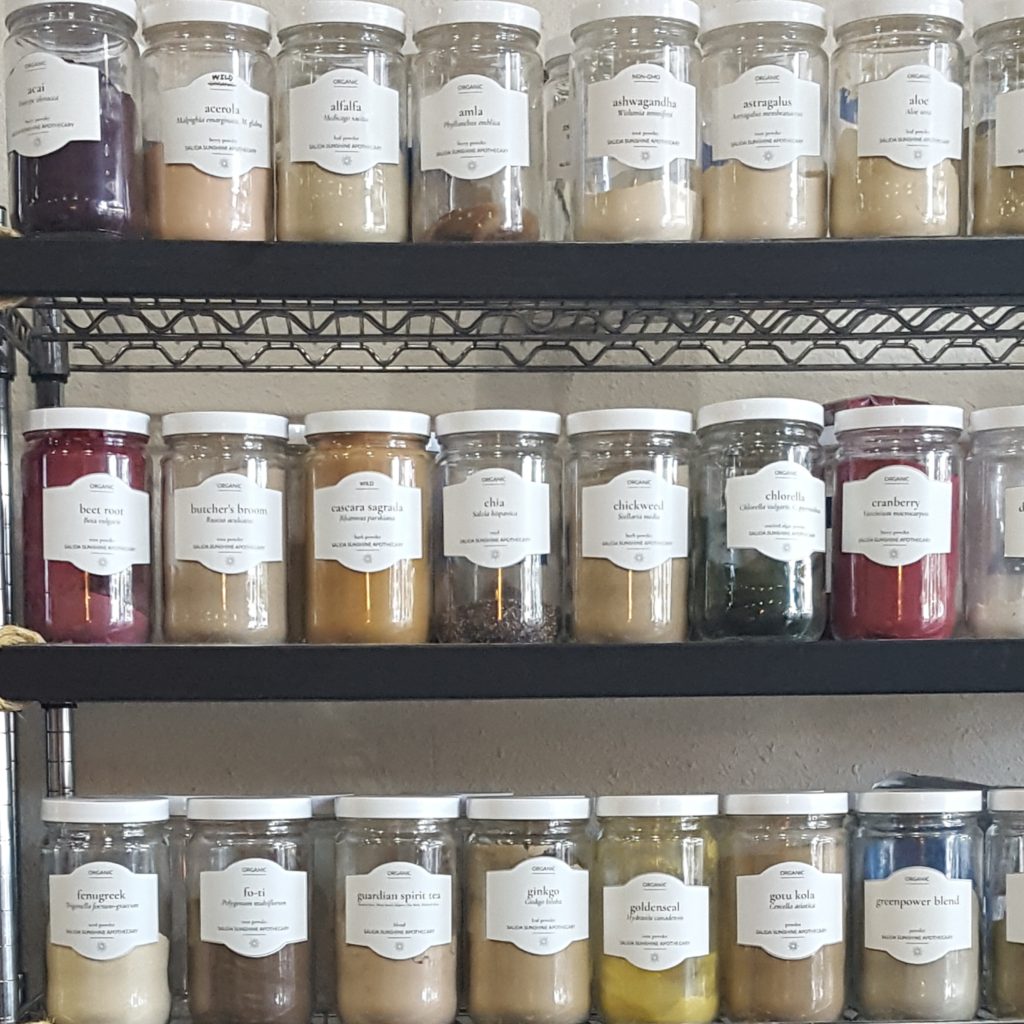
I have long used commercial chemical dyes and have been happy with the results. I first became interested in natural dying for the simple reason that I am really drawn to the rich and unusual colors that can be achieved. As I have begun to explore natural dyes I have found many other benefits as well… practical ones like less toxicity and potential economical savings, as well as more abstract concepts that have a great deal of appeal to me as an artist. I like the slightly more unknown results of the natural dyes. Every adventure in natural dying is an experiment in which I am forced to release control and embrace fluidity. Chemical dyes follow a formula where you put in x plus y to equal z. I equally like the idea of using what I can find, even the overlooked, to make something beautiful.
If you have ever made a cup of tea, then you already have the basic skill necessary for natural dying. It can sound intimidating with considerations like pH levels, mordants, fixatives, and time, but the process is really quite simple and as accessible as your refrigerator or spice cabinet.
After years of experimenting, I am still adding more colors to my collection. I am excited to share these along with all the old favorites in this weekend’s Eco Dying workshop, as well as in the following Little Book of Colors.
This summer I traveled to one of my favorite little artsy towns; Salida, Colorado. While there I found that one of my regular stops, a little local health food store, had shifted its focus a bit and is now the Salida Sunshine Apothecary.
I made no less than three trips to this store in as many days and stocked up on all kinds of dye materials. It is awesome that I can also order from their store online since I don’t make it to Salida terribly often.
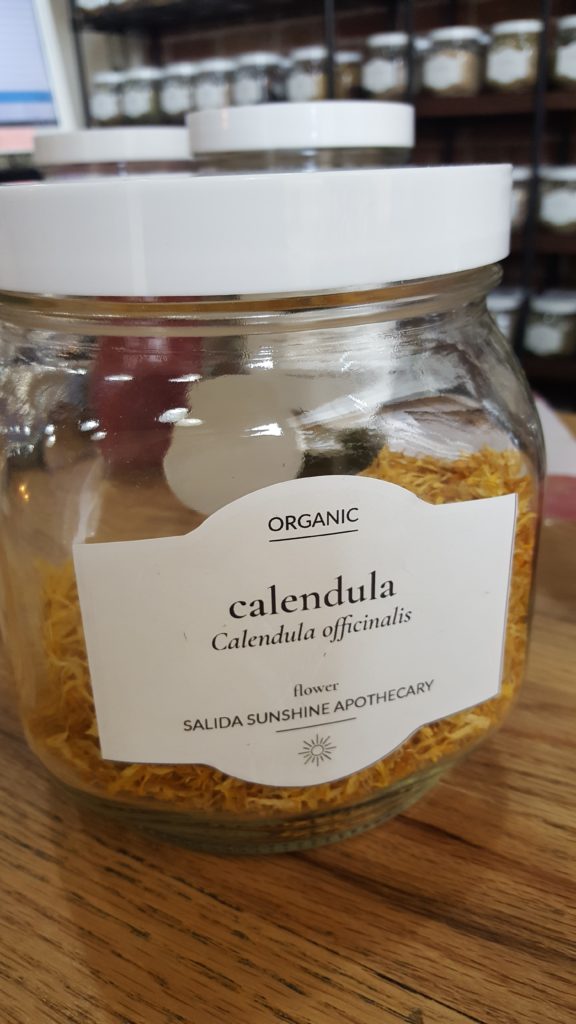
Calendula petals, otherwise known as marigolds, are a great source of color, producing anything from a bright yellow, to gold, to brown depending on the mordant. The mordants I most often use are alum for animal based fibers, and vinegar for plant based fibers. The difference in pH levels can significantly change the colors of the dyes, sometime quite dramatically!
I also picked up several new to me colors to play with. Here are a couple of them, what colors do you think these will make?

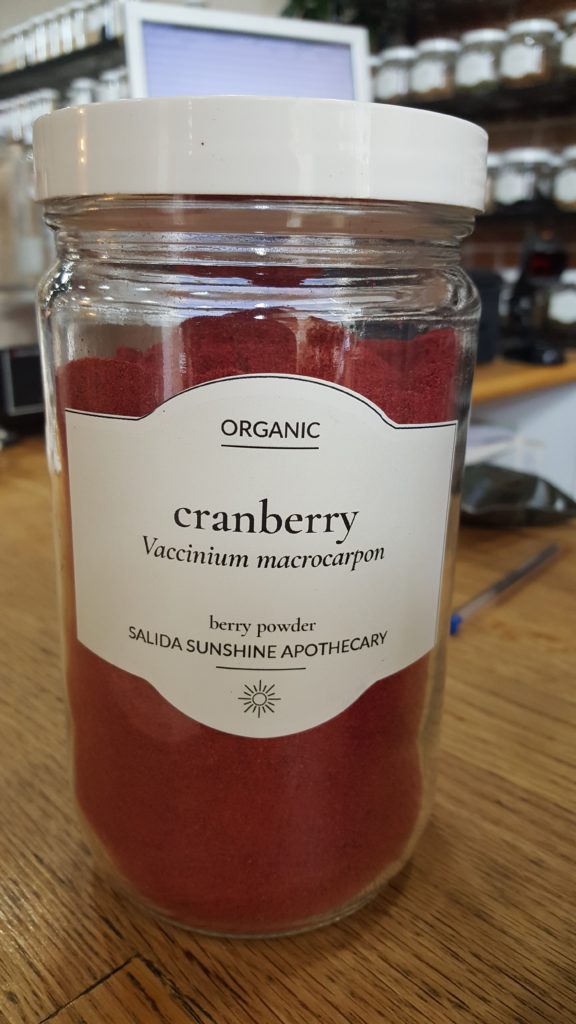
Here are some of my past dye samples:
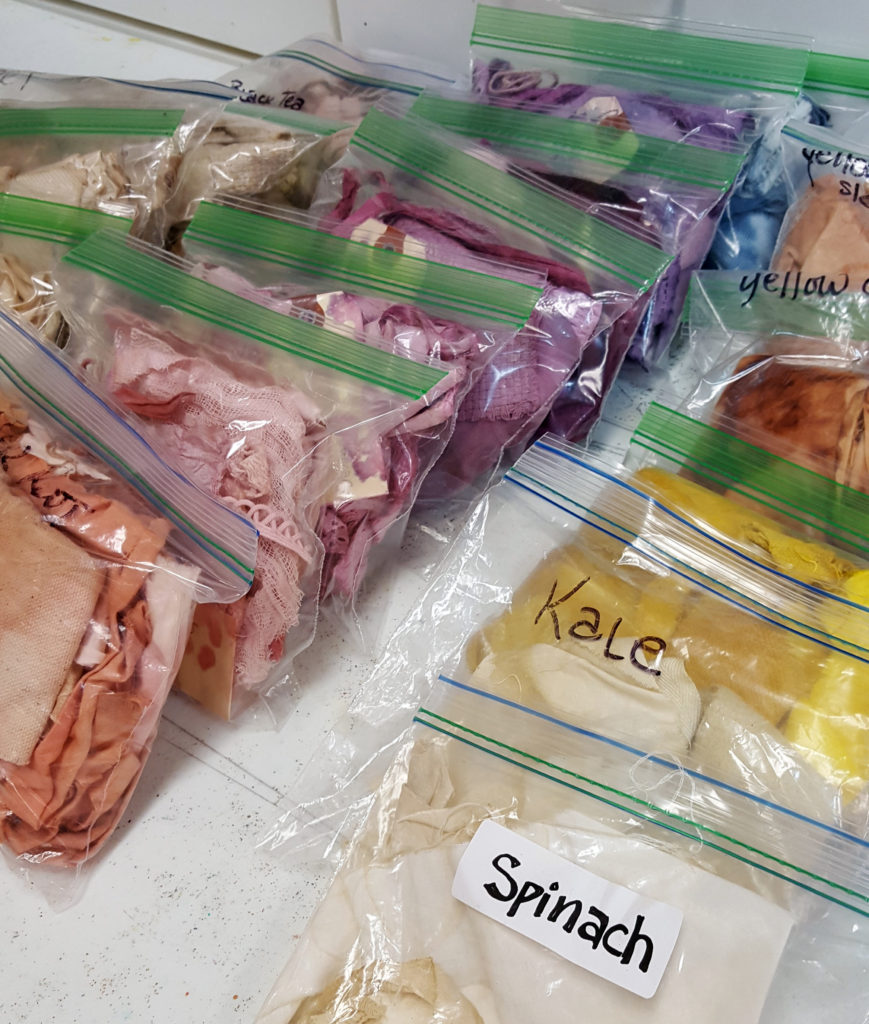
Which color is your favorite?
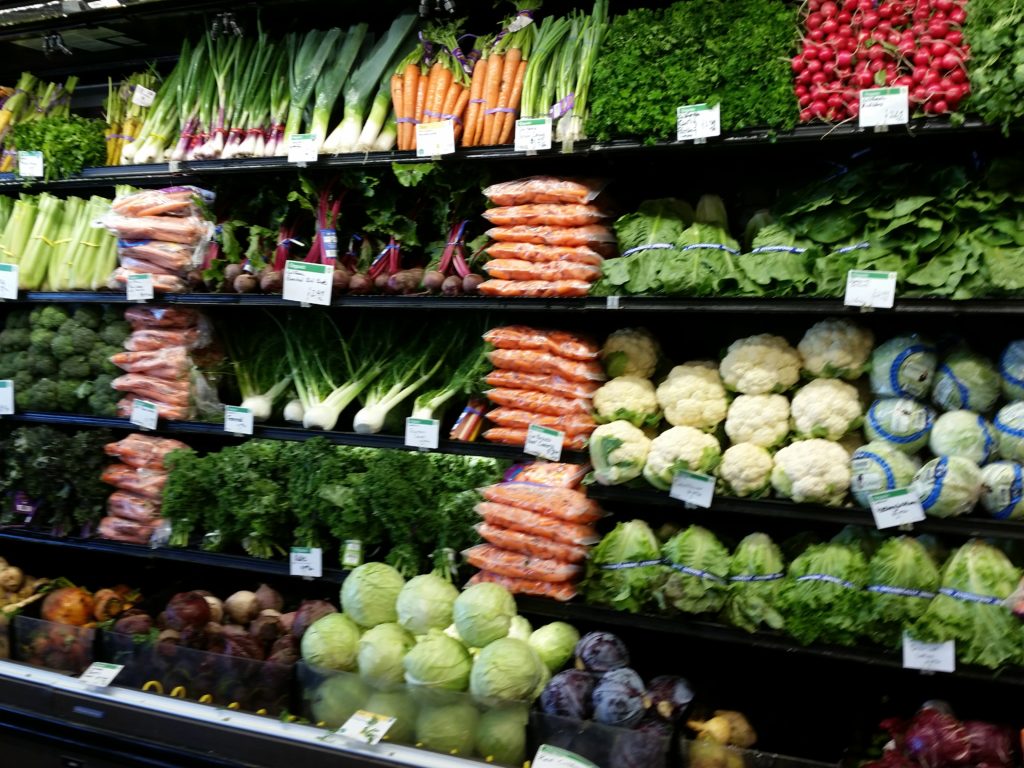
There are many other colors to be found in the garden, in the grocery store, or even along the roadside. Here are a few that I especially like:
- yellow onions produce a lovely peachy color
- avacado peels create a surprising pink
- red cabbage produces a vivid purple, red, or even green depending on the mordant and pH level
- blueberries a purplish blue
- black walnuts make a gray brown
Add to all of that the magic of bundling, with a variety of inclusions and some really unique effects can be accomplished! I also like to include wool, cotton, silk, and bits of lace and lovelies.
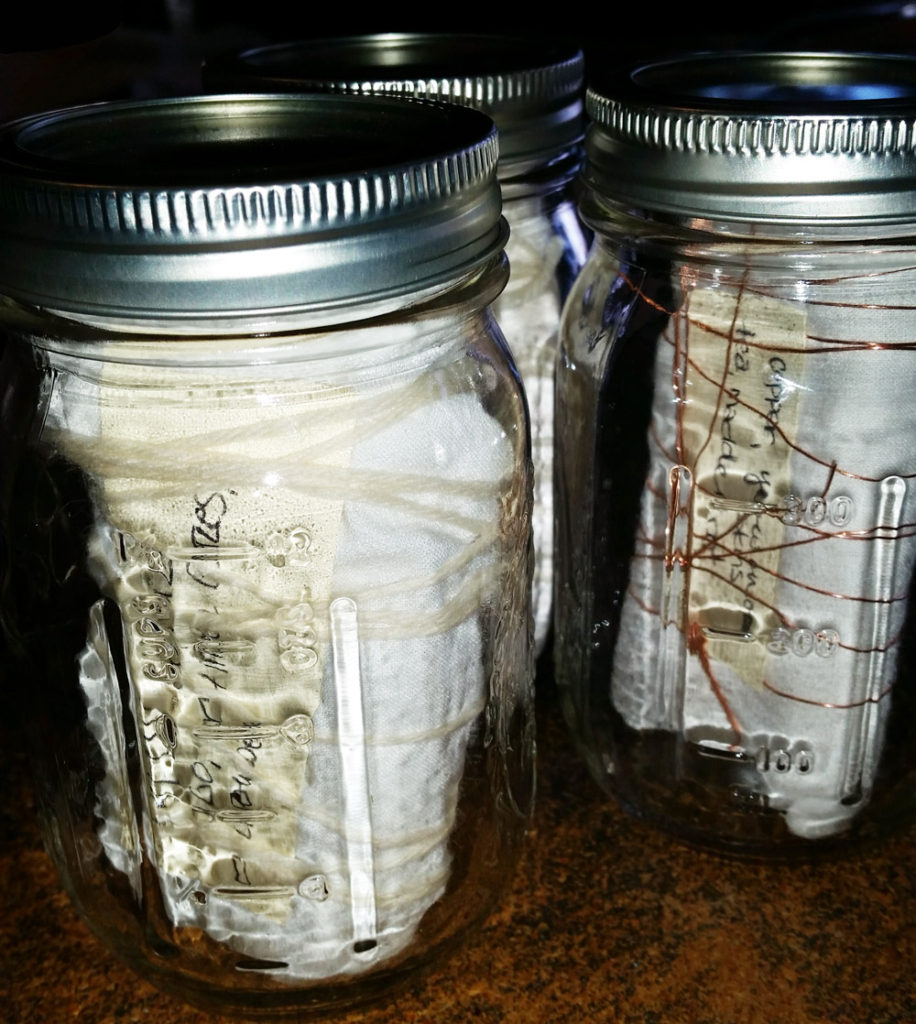
They all take the dye a bit differently.
This book of colors is something I made to serve as a sampler of natural dye colors, but it is also just a beautiful bit of eye candy!
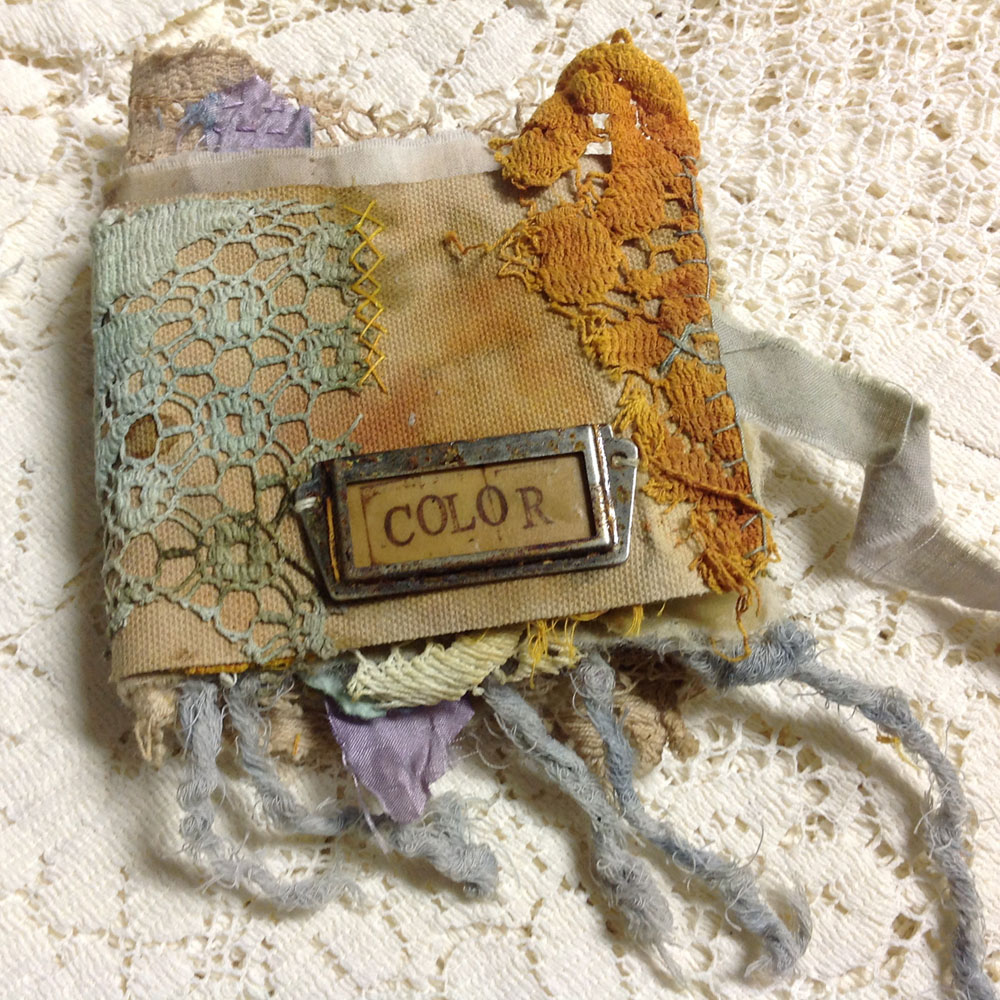
Can’t make it to the Natural Dye workshop, but still want the information? You can access my eleven page handout here.

Leave a Reply